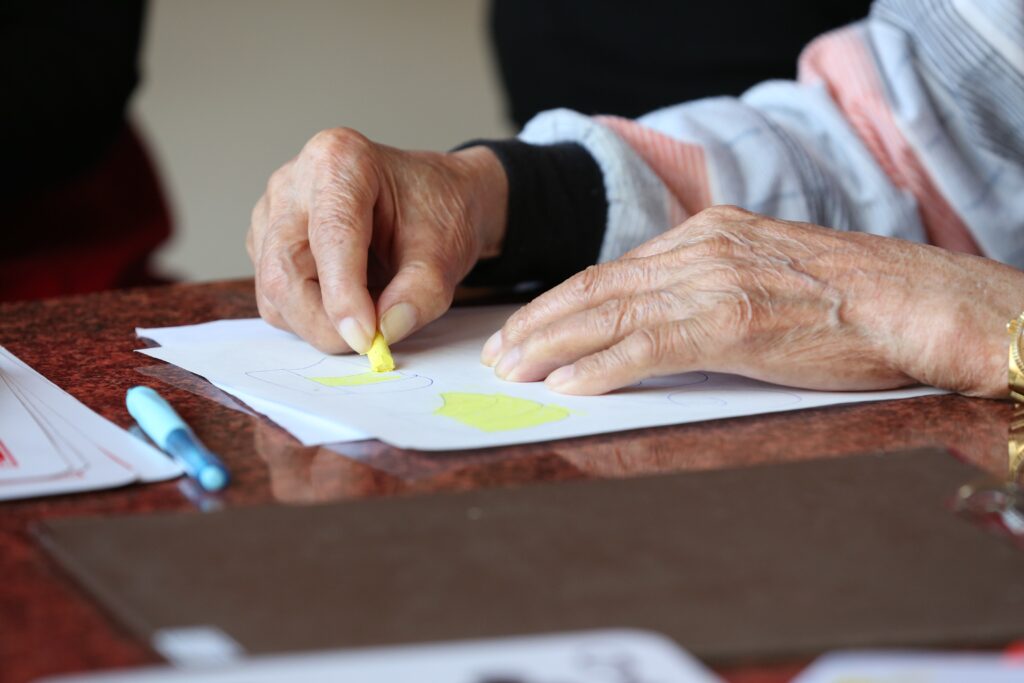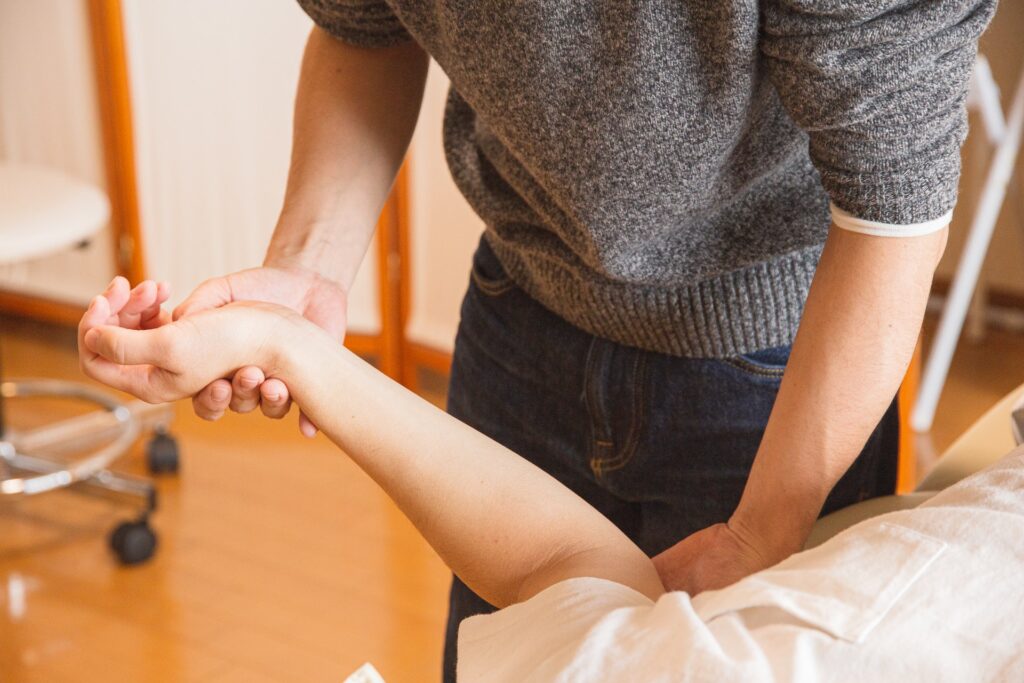
If you have been wondering how to prevent arthritis in hand, you’ve come to the right place. Listed below are some tips on how to prevent the condition. Keeping your hands flexible and active is key to preventing arthritis.
If you’re spending lots of time on your computer or keyboard, make sure you take a short break every 20 minutes. Performing high impact activities such as playing sports can also increase the risk of injury. Alternate activities such as typing or playing video games should keep your hand free of arthritis.
Early signs of arthritis in fingers
If you’re wondering if you have arthritis in your fingers, you should know that there are a number of early symptoms. These symptoms include pain and stiffness in the joints and the fingertip.
You might also experience clicking, grinding, or cracking sensations due to damaged joint surfaces. Swelling may also occur, caused by constant irritation and damage to the tissues around the joint. Bone lumps, also known as Heberden’s nodes, may also form near the finger joints.
One of the most common early symptoms of arthritis is joint stiffness. Although this is normal as we age, it usually starts to improve once we move our hands and only lasts for half an hour. As the disease progresses, joint stiffness and loss of function may also occur.
Early arthritis symptoms of the fingers
Early arthritis symptoms of the fingers may include pain and stiffness when pinching or gripping, as well as loss of strength and range of motion in the joints. This can make performing routine tasks painful.
Early signs of arthritis in fingers can be challenging, but you can tackle them head-on. Try starting an exercise program for your hands that includes therapeutic finger stretches. These exercises will help alleviate morning stiffness and soreness in your fingers.
Gentle strengthening exercises of the fingers can help increase finger strength, providing more support for arthritic finger joints. Once you’ve established an exercise program that works for you, consider consulting a rheumatologist
Early signs of arthritis can include a creaking sensation when bending your fingers, limited finger movement, and bony nodules at the top or middle joint. You’ll likely notice a tendency to lose cartilage and bone tissue as the disease progresses.
Eventually, you’ll notice bony lumps on the finger joints and a weakening of your hand. A combination of activities, stress, and unhealthy eating habits may lead to a flare-up, making it crucial to take preventative measures.
Exercise is another effective way to prevent arthritis in hand. Regular physical activities like yoga, tai chi, and dance can make the condition easier on your joints. Walking is also an effective low-cost activity.
Regardless of the cause of your arthritis, keeping your hands active will help you prevent onset of joint pain. Consult your doctor and talk about the best exercises for you. It’s well worth the investment to keep your hands in tip-top shape in the long run.
What causes arthritis in fingers?
Osteoarthritis, also known as wear and tear or degenerative arthritis, affects the hands and is often the cause of bumps on the end of the fingers and the middle joint. As the cartilage on the ends of bones wears away, this condition causes pain and stiffness in the joint.
The most common joints affected by arthritis are the fingers, especially the top and middle joints near the fingernails. In more advanced stages, small bony nodules may develop in the finger joints, which may cause the hand to become weak.
If the finger joints are swollen, the skin surrounding the joint may feel warm and red. The swelling also makes the joint painful to touch. Symptoms of arthritis in the hands are usually mild and can appear only hours after a person begin experiencing pain.

People with advanced disease may experience joint pain in the morning and stiffness throughout the day. In some cases, the pain can be very severe and interfere with daily activities. It is also possible for the joints to become irregular.
Osteoarthritis typically affects the fingers, thumb, and index. Finger joints may become swollen and painful, and patients may have difficulty opening jars or grasping objects. Other symptoms may include a rash on the hand, which may be scale-like and flaky and appear along with swelling. Lastly, in some cases, the nails may thicken and separate from the nail bed. If you notice any of these symptoms, it’s time to consult a doctor.
How to get rid of arthritis in fingers
There are many over-the-counter medications for arthritis, as well as lifestyle tips that can help alleviate the symptoms of this condition. To prevent the breakdown of cartilage in the hands, strengthening hand muscles is a good first step.
Stronger muscles can carry more weight, protecting damaged bones and cartilage. If your doctor finds that your arthritis is a sign of another condition, you can try a combination of treatments.
Treatment for arthritis of the fingers depends on the severity of the disease and the cause. In advanced cases, hand therapy sessions and surgical procedures may be necessary. Not all treatments will work for every person suffering from this condition, so it is important to discuss the treatment options with your healthcare provider to determine the most appropriate plan.
Nonsurgical treatments for arthritis
Fortunately, there are several options to choose from. In most cases, nonsurgical treatments can help alleviate symptoms and prevent the need for surgery. Symptoms of arthritis of the hand can include a creaking sound when you bend your fingers, limited movement of the finger joints, and bony lumps in the middle and top joints.
A person with the condition may also have swelling of the joints in the hand. A person with this condition should seek medical care immediately. But if this condition is chronic, it is crucial to take care of the condition with a treatment plan that includes physical therapy.
If you liked the article, please donate!
